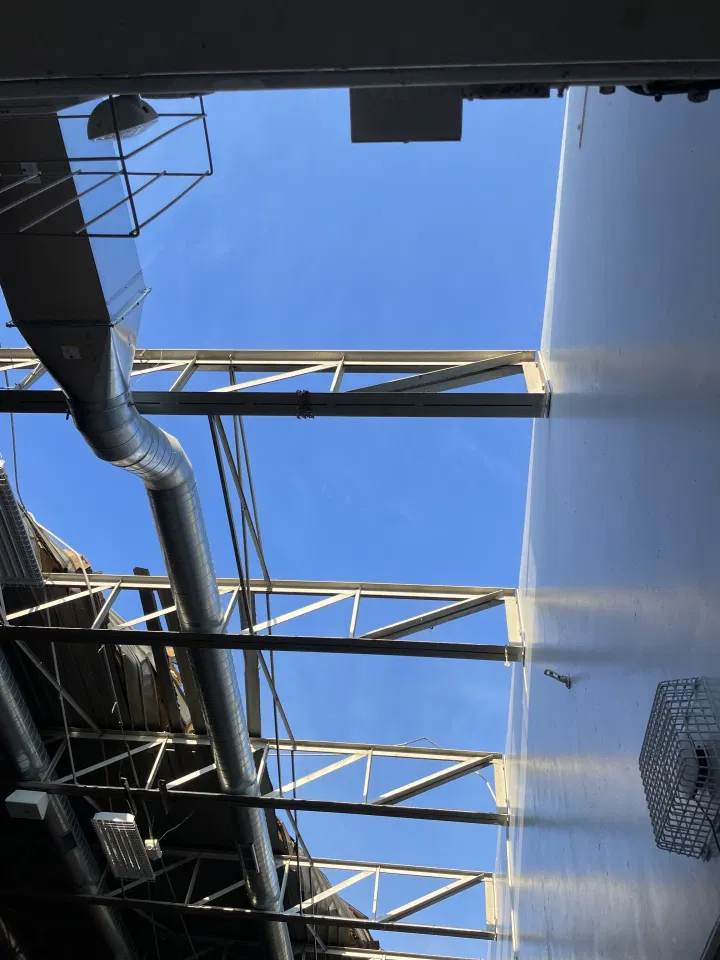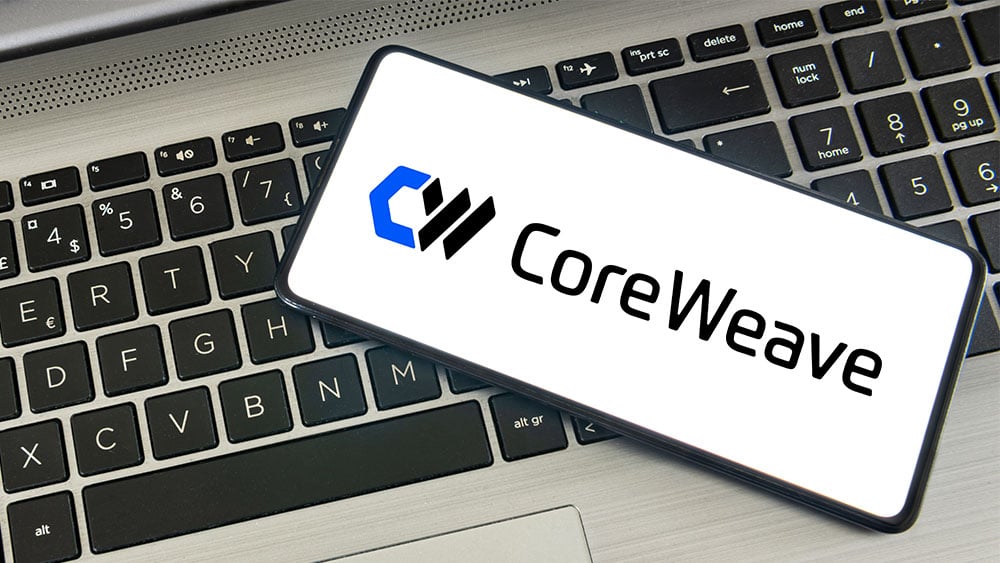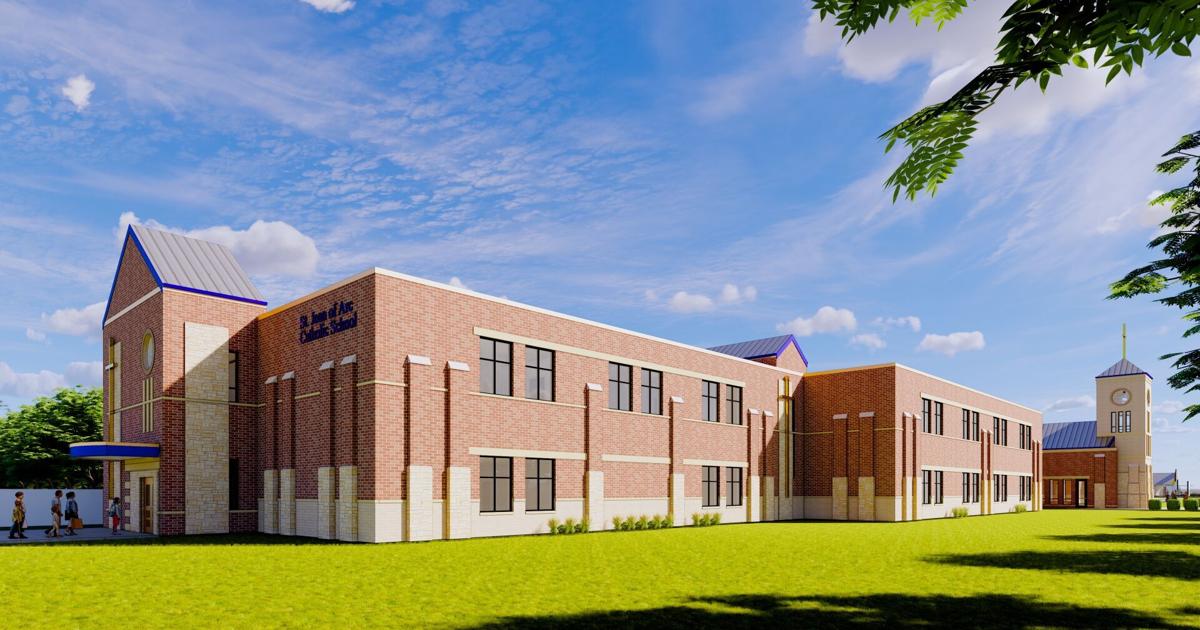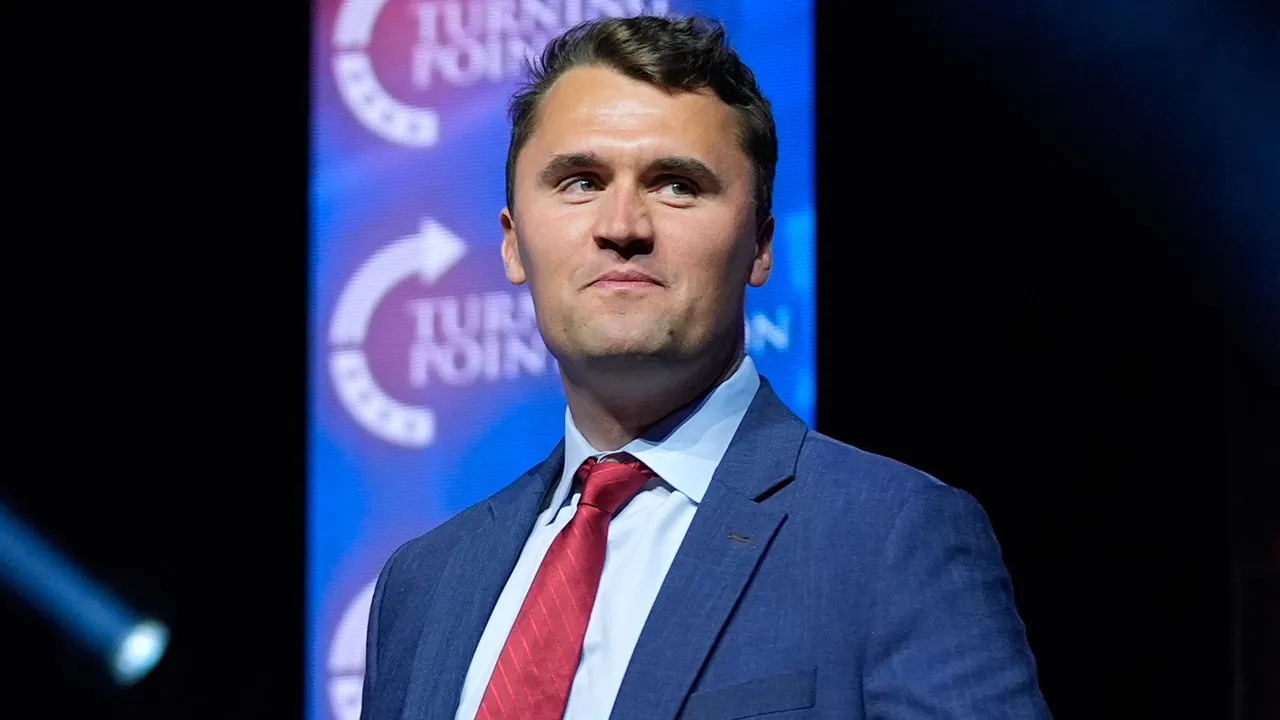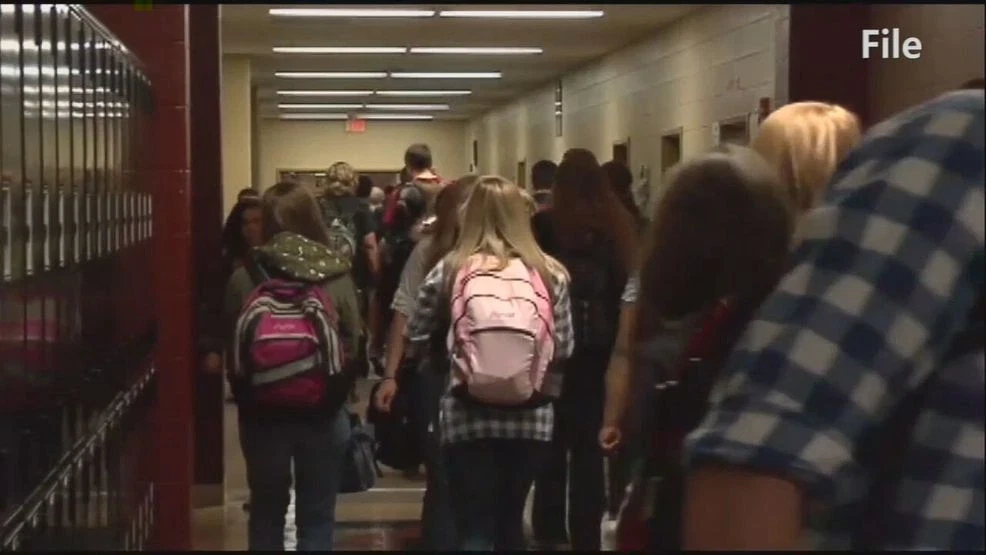
When it comes to school choice in Maryland, Governor Wes Moore says he’s still not ready to make his own choice yet.
“We have not had a chance to look at or examine how that caveat is going to impact us,” he said during a press conference two months ago.
Passed in Trump’s One Big Beautiful Bill, the nation’s first federally funded private school choice program. Slated to start in 2027, families can donate up to $1,700 to state approved Scholarship Granting Organizations, or SGOs, and get back a dollar-for-dollar federal tax credit. Money that can then be used not only for tuition, but also tutoring, school supplies, and services for students with disabilities.
ALSO READ |
But there’s a catch — each state’s governor needs to opt in to the program. On Monday, Moore’s office sent FOX45 the following statement, explaining why he’s still on the fence:
The governor is dedicated to ensuring every student in Maryland has access to the highest quality education. The Trump administration’s approach, as part of the devastating budget bill congressional Republicans passed this year, is unprecedented. The Treasury Department has yet to issue guidance on the implementation of the program, it would be premature to make a decision to opt into a program with no clear definition on policies.
“It’s incredibly important for us, as we’ve known, our educational scores are suffering,” said Delegate April Miller, a republican representing Frederick County.
Arguing the legislation empowers parents to make choices for their children without raising taxes, Miller is now pledging to introduce state legislation that would put the decision in lawmakers’ hands next session.
“This is about helping Maryland,” she said, “And in a very common-sense approach that does not cost the state anything. What is the argument against that?”
ALSO READ |
But while most, if not all, Maryland republicans are on board, in a blue state the bill will likely face strong debate.
Maryland’s two largest teacher’s unions are strongly opposed, arguing public dollars should go to public schools. “We strongly oppose giving away public funds to private schools as Maryland public schools — which serve 90% of Maryland students — continue to face chaotic, drastic, and unpredictable federal funding cuts to schools that will hurt students and the supports they depend on,” said Maryland State Education Association President Paul Lemle.
“We have to do something. What we’re doing now is not working and they don’t have time. This is going to be a generation of kids that don’t have time to wait for the promises of the blueprint,” said Miller.
It’s a decision each state will eventually have to make, but whether it’s made by the general assembly or the governor, for now, Maryland remains undecided.
